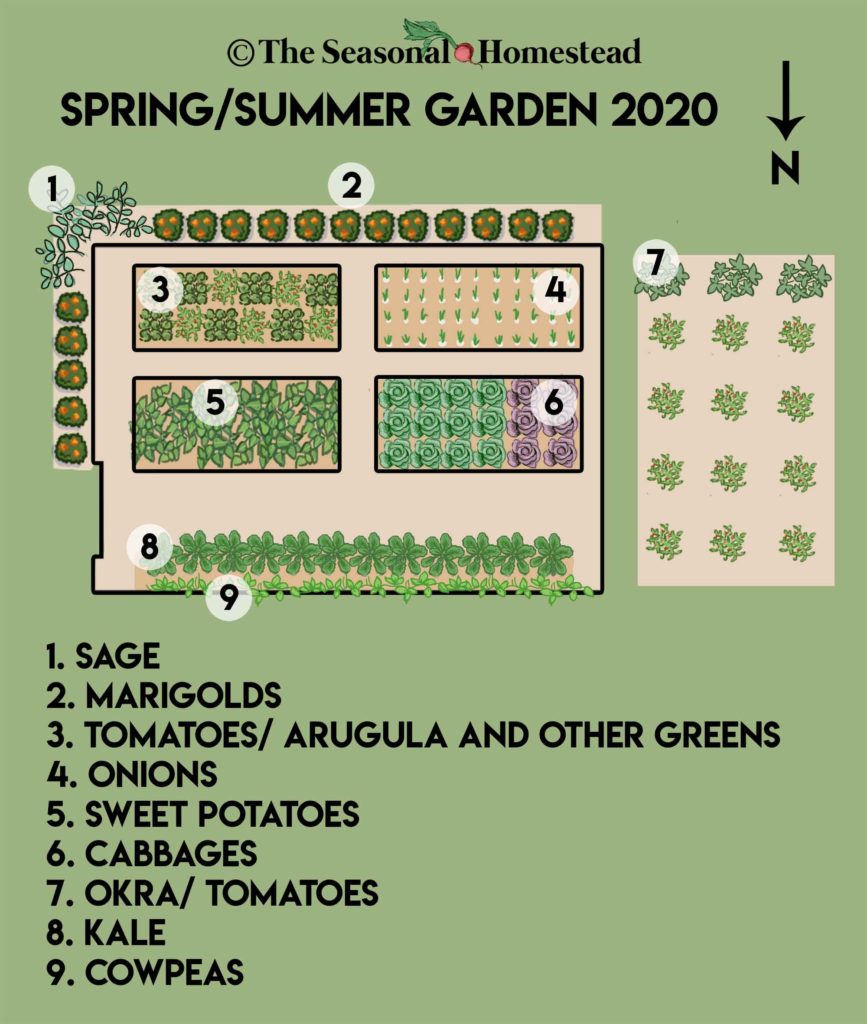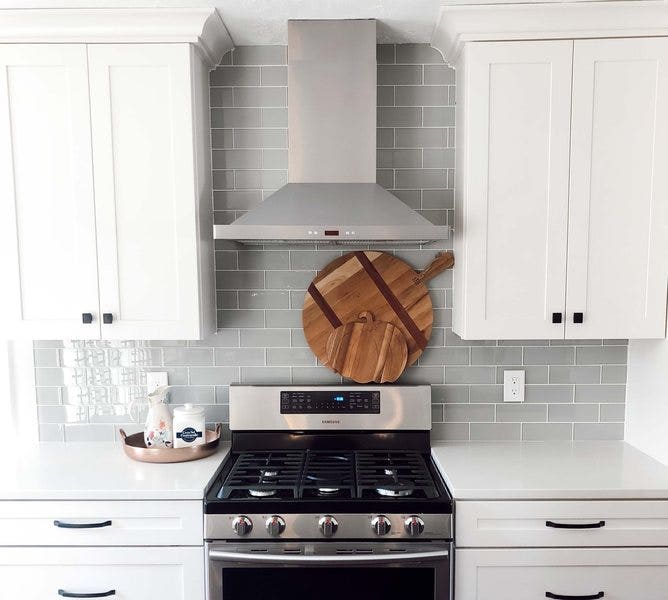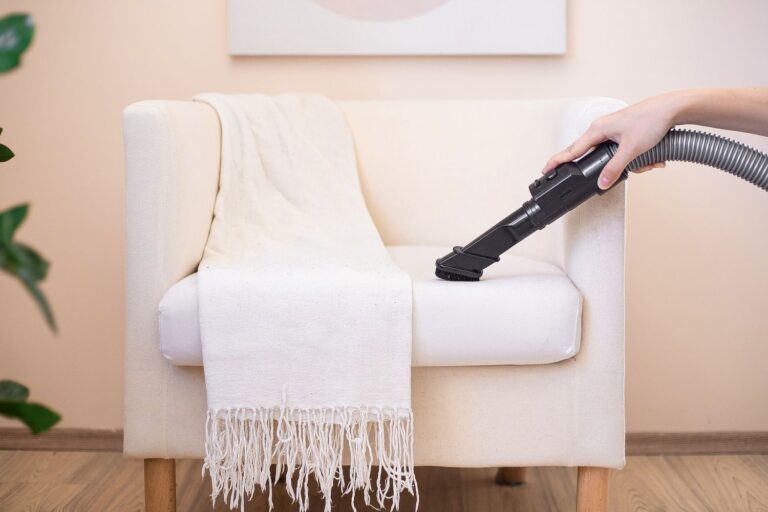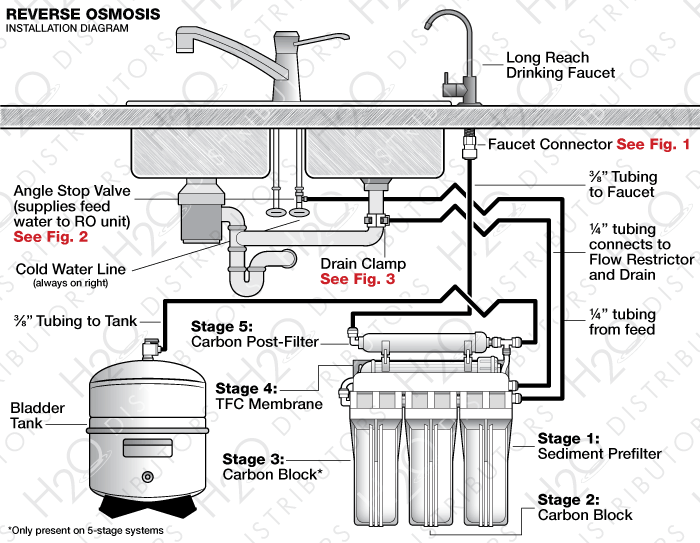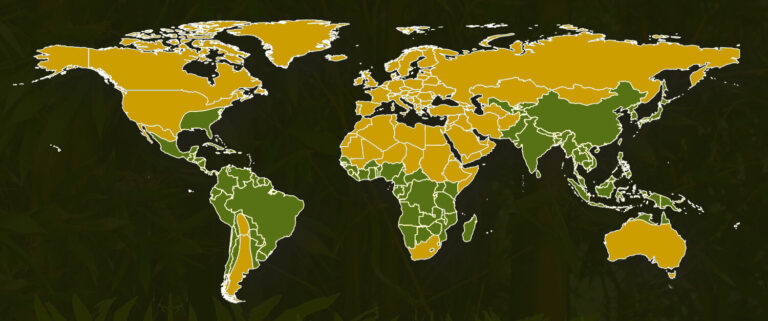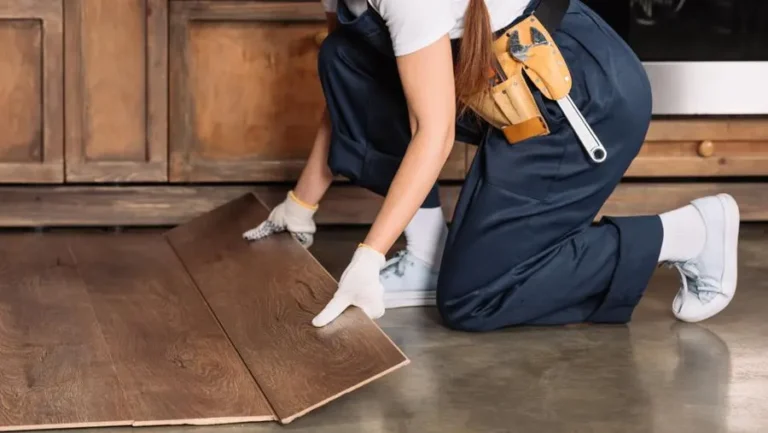What Is The Best Garden Layout?
Creating the best garden layout can be a challenge, especially if you are a beginner or have limited space. However, with careful planning and consideration of the available space, you can create a garden that looks beautiful and is low-maintenance. A great garden layout should consider the plants you want to grow, the sun and shade in the area, and the way the space will be used. With the right planning, you can create a garden layout that will provide years of enjoyment.
Understanding Garden Layout Basics
Creating the perfect garden layout for your outdoor space can seem daunting, but with a few basic principles in mind, you can design a beautiful, functional, and unique garden. Before you begin designing, it’s important to consider the size and shape of your garden. You should also consider the climate, soil type, and exposure to the sun and wind.
When it comes to designing the layout, it’s important to identify the purpose of your garden. Are you looking for a place to entertain guests, or are you aiming for a calming oasis to relax and retreat? Thinking about the end goal will help you create a garden that is both practical and aesthetically pleasing.
The next step is to decide on the focal point of your garden. This could be a feature such as a water feature, a sculpture, or a unique flower bed. You can then use the focal point as inspiration to create the rest of your garden plan. It’s also important to plan for the different elements that make up a garden such as pathways, seating areas, and planting beds.
Once you have a plan in place, you can start to consider the types of plants and features you want to include. Think about the colors, textures, and sizes of the plants you choose to create a harmonious balance. You can also use a variety of materials such as wood, stone, and terracotta to create a unique and eye-catching design.
With these basics in mind, you can create a garden layout that is both functional and aesthetically pleasing. With some planning and creativity, you can create a beautiful outdoor space that will be the envy of your neighbors.
Designing Your Garden Layout
Gardening is a popular pastime for many and a great way to get outdoors and enjoy some fresh air. But with so many different elements to consider, it can be difficult to know where to start when it comes to creating the perfect garden layout.
The best garden layout is one that is tailored to your personal preferences and needs, as well as those of the local climate and environment. It should also be functional and aesthetically pleasing. To achieve this, a well-thought-out plan is essential.
When planning your garden layout, consider the plants and flowers you’d like to include, as well as their specific needs in terms of sunlight, soil type, and water requirements. Also, think about how much time you can realistically commit to upkeep and maintenance.
Further, you should consider the size of the garden and its shape. This will determine the type of plants and features you can include, as well as the type of garden furniture and decorations that will work best. Additionally, consider the functionality of the space, such as the need for walkways, seating areas, and play areas.
Finally, ensure that the overall design reflects your taste and style. This can be achieved through careful selection of plants and other features, as well as creative use of color and texture.
Ultimately, the best garden layout is one that is designed with your own needs and preferences in mind. With careful planning and consideration, you can create a garden that is both functional and beautiful.
Garden Layout Ideas for Different Areas
Gardening is a great way to spruce up any outdoor space and create a place to relax and enjoy. But when it comes to designing and laying out a garden space, there are so many options to consider. Different areas of the garden require different approaches, and the layout should be tailored to your lifestyle, budget, and preferences. To make the most of your outdoor space, here are some garden layout ideas for different areas.
For smaller areas, think outside the box with vertical gardening. This can include container gardening, trellises, hanging baskets, and even green walls. Vertical gardening can be used to create more space, add a vertical element to your garden, and even attract birds and butterflies. For larger spaces, planters and raised beds are great for creating a custom garden layout and allowing for different garden designs.
For gardens with a lot of sun, consider drought-tolerant plants and flowers. Succulents, cacti, and other heat-loving plants are great for these areas and can add a lot of texture and color to the garden. For shadier areas, look for plants that can thrive in low light like ferns, hostas, and vinca.
Finally, don’t forget to add some of your favorite elements to your garden. From outdoor furniture to a water feature, these pieces will give your garden a unique look and make it a place to escape to. By considering all of these factors, you’ll be able to create a garden layout that’s perfect for your space.
Incorporating Elements of Nature into Your Garden Layout
Creating a garden is a great way to bring elements of nature into your outdoor space. The right layout can add beauty, peace, and tranquility to your home. However, it takes careful planning to create an aesthetically pleasing and functional garden. To get the most out of your outdoor space, consider incorporating elements of nature into your garden layout.
Using native plants and trees is a great way to add visual interest to your garden. Native plants are adapted to the local climate, making them easier to maintain and less likely to suffer from pests and diseases. Planting trees can also provide shade and privacy, while also providing a home to wildlife.
Adding a water feature to your garden is a great way to add visual and auditory stimulation. A pond or fountain can provide a calming atmosphere and attract birds, frogs, and other wildlife. You can also use water features to create a focal point in your garden and add a sense of movement and tranquility.
Incorporating hardscaping materials such as stones, bricks, and pavers can add texture and definition to your garden. They can be used to create pathways, walls, and edging to separate different areas of your garden. Walkways can provide a great way to explore your garden and give it a sense of structure.
By incorporating elements of nature into your garden layout, you can create a beautiful and inviting outdoor space that is enjoyable for all. With careful planning and thoughtful design, you can create a garden that is both aesthetically pleasing and functional.
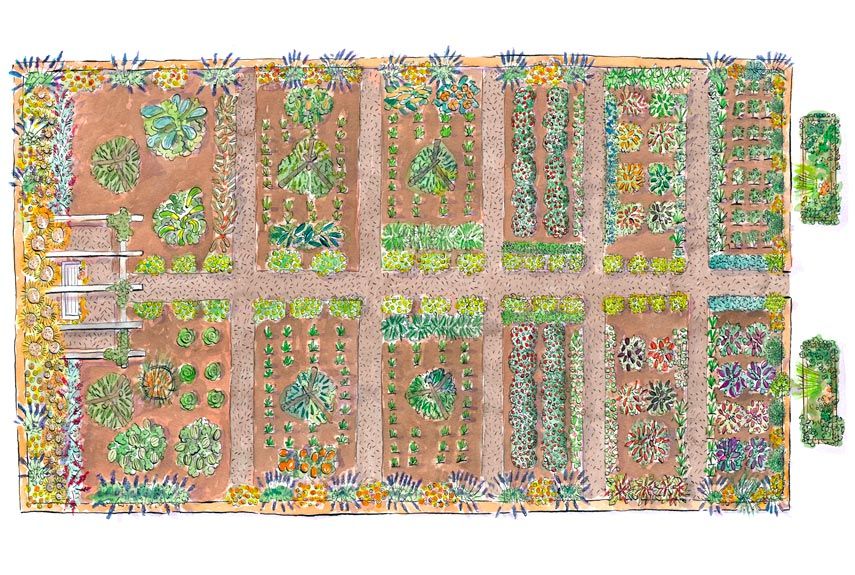
Using Structures and Accessories to Enhance Your Garden Layout
Creating a garden layout that fits your style and space can be quite a challenge, but it doesn’t have to be. By incorporating structures and accessories into your garden, you can easily turn an ordinary garden into an extraordinary outdoor space. Structures such as trellises and pergolas can provide a vertical element to your garden, helping to create a sense of depth and spaciousness. Accessories such as birdhouses, statues, and planters can also help to add a personal touch to your garden. Additionally, adding outdoor lighting will help to create a warm and inviting atmosphere. With a few simple additions, you can transform your garden into a haven for relaxation and entertaining.
By using structures and accessories, you can create a garden that is both functional and aesthetically pleasing. Whether you are looking for a tranquil retreat or a space to entertain, there are numerous ways to make your garden space look great. With a little bit of creativity and some careful planning, you can find the perfect layout and accessories to create a garden space that is uniquely yours.
Tips for Creating a Successful Garden Layout
Creating a beautiful and functional garden layout can be a daunting task, but with the right tips, it can be a fun and rewarding experience. Whether you are looking to create a traditional or contemporary garden, there are a few key factors to consider to ensure a successful layout.
First, decide on the size and shape of your garden. Then, consider the plants you will be using and how they will interact with each other. Think about sun exposure, water requirements, and soil quality. Once you have a good idea of the plants you will be using, you can begin to plan the layout of your garden.
It is important to plan the flow of your garden; the size and shape of the beds, the placement of pathways, and the location of features such as benches and water features. Choose the right materials for pathways, retaining walls, and other features.
Finally, consider the elements of design such as texture, color, line, and form. Use these elements to create a visually pleasing garden. With the right tips and planning, you will have a garden that is aesthetically pleasing and functional.
Challenges of Garden Layout Design
Garden layout design can be a tricky endeavor. With so many decisions to be made and factors to consider, it can seem overwhelming to even the most experienced gardeners. A successful garden design requires taking into account the size of the space, sunlight, soil composition, and what plants will thrive in the space. Furthermore, the design should be aesthetically pleasing and should maximize space and practicality. It’s important to think through the entire layout of the garden including pathways, seating, and other features.
When it comes to garden layouts, there are a few common challenges to look out for. One challenge is the lack of sunlight. Some plants require direct sunlight while others do better in partial shade. It’s important to do research and understand the requirements of the plants you plan to use in your garden. Additionally, poor soil conditions can be a challenge in some areas. Before planting, it’s a good idea to test the soil and amend it with compost or fertilizer to ensure the plants have the best chance of thriving.
Finally, the garden layout should be practical and functional while also being aesthetically pleasing. It’s important to consider the pathways, seating, and other features to ensure there is enough space to move around and enjoy the garden. With careful planning, garden layout design can be a fun and rewarding challenge that will result in a beautiful garden.
Maintenance Tips for a Great Garden Layout
Gardening can be a great way to relax and add a little beauty to your home. But if you don’t plan your garden layout properly, you may find yourself with an eyesore instead. To ensure your garden looks its best, there are several maintenance tips to keep in mind. First, decide on the purpose of your garden. Is it for growing vegetables, or simply for decorative purposes? Knowing the purpose of your garden allows you to plan it accordingly. Additionally, consider the plants you plan to use. The type of plants you choose will determine the amount of sunlight, water, and other resources needed to maintain them. Research each plant’s requirements and choose accordingly. Also, plan for the future. If your plants grow too large, they may crowd each other and detract from the garden’s appearance. Lastly, be sure to use the right materials for the job. Choose quality soil, mulch, and other gardening materials that will stand the test of time. With proper planning and maintenance, you can create a beautiful garden that will last for years.
FAQs About the What Is The Best Garden Layout?
1. What are the basic elements of a good garden layout?
A good garden layout will typically include a focal point, such as a pond or flower bed, a pathway to move around the garden, and a variety of plants and flowers to provide color and texture. The layout should also take into consideration the amount of sun and shade that the garden will receive, as well as the size of the space available.
2. What type of garden layout should I choose?
The type of garden layout you choose will largely depend on the type of garden you would like to create. If you are looking for a low-maintenance garden, then a simple design with plenty of hardscaping elements such as paving, stones, and retaining walls may be best. If you would like a more colorful and complex garden, then you may want to incorporate more plants and flowers.
3. What should I consider when designing my garden layout?
When designing your garden layout, you should consider the type of plants and flowers you would like to incorporate, the amount of sunlight and shade that the garden will receive, the size of the space available, and the overall aesthetic you would like to achieve. Additionally, it is important to think about how you will move around the garden and if any hardscaping elements such as a pathway or retaining wall are necessary.
Conclusion
Overall, the best garden layout depends on the particular needs and preferences of the gardener. Whether it be a traditional, formal layout with symmetrical beds or a wild, informal one, the important thing is to choose a layout that works for you. A garden is a personal space, and the best garden layout is the one that you find most attractive and comfortable.
